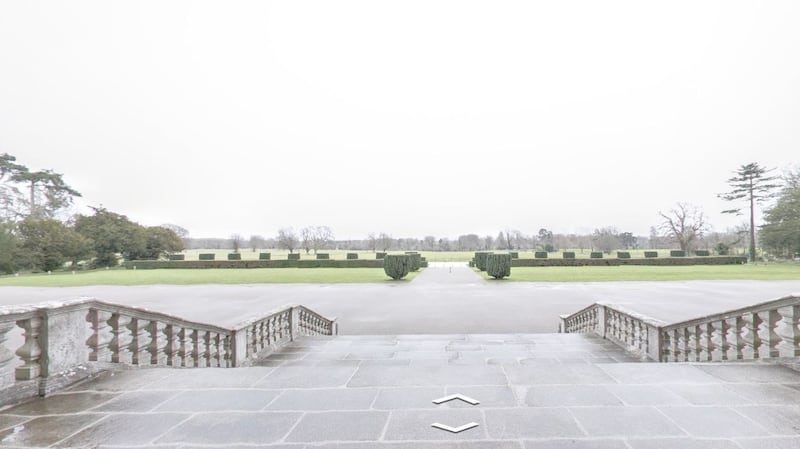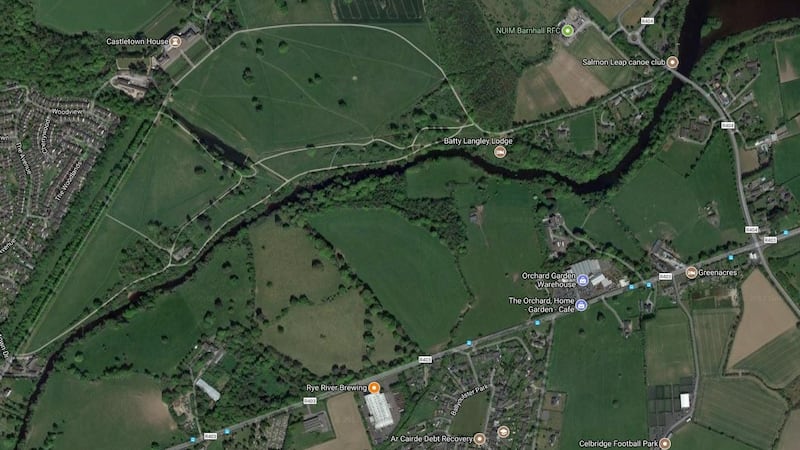Minister of State for Housing Damien English intends to direct Kildare County Council to zone land for a new town centre fronting onto Palladian mansion Castletown House, located in Celbridge.
Over the last decade, locals, members of the Celbridge Action Alliance and the Irish Georgian Society have twice successfully challenged the development of Donaghcumper demesne, which lies across the river from Castletown’s front avenue and façade.
The Celbridge Action Alliance maintains the Donaghcumper land is an integral part of Castletown House’s landscape setting. They say development of the land would impact catastrophically on “Ireland’s finest stately home”.

The website of the Office of Public Works, which owns the 18th century country house, refers to the “designed landscape”, noting that Lady Louisa Conolly “created a designed landscape in the ‘natural’ style championed by Capability Brown”.
Properties divided
The Conolly family bought Donaghcumper demesne to add to the setting of Castletown, but the properties were divided again and Donaghcumper is now controlled by property developer Devondale.
Celbridge Action Alliance said the impact of a town centre development on the ecology of both demesnes would be incalculable
Castletown House and Parklands won environmental recognition with Green Flag awards for 2017/18 from An Taisce, and the best park Pollinator Award under the All-Ireland Pollinator Plan.
Celbridge Action Alliance said the impact of a town centre development on the ecology of both demesnes would be incalculable. The new development would increase the population of Celbridge to 30,000.
Kildare County Council planners sought the town centre zoning in the making of the Celbridge Local Area Plan earlier this year. However, this was defeated on a vote by councillors and the zoning of “strategic green space” was included instead.

Mr English has formally notified the council that he intends to make a direction that the town centre zoning for Donaghcumper must be restored.
Envisaged in the town centre plan is “a vibrant mixed-use district with a mix of day and night time uses”. The proposal says “development on this site should be urban in character”, particularly along a pedestrian route linking Celbridge’s Main Street to the Dublin Road.
Mr English’s notice of his intention to “issue a direction” notes he has the power under the Planning Acts to issue a ministerial direction “requiring the return of these lands to ‘town-centre’, mixed-use zoning”.
Sequential zoning
He cites the requirement for sequential zoning, that is zoning of land in sequence near existing zoned areas, regarded as proper planning and development. The notice says a sufficient case not to have sequential zoning has not been made.
But Jeanne Meldon, a planner with the Celbridge Action Alliance, says this is not accurate, and important information must be given to the Minister by the September 29th deadline for submissions on his proposed direction.
Ms Meldon said there are “good statutory reasons” in planning law why there should not be sequential development.
She said there are heritage, ecological, environmental, architectural and practical reasons why the landscape should be preserved.









